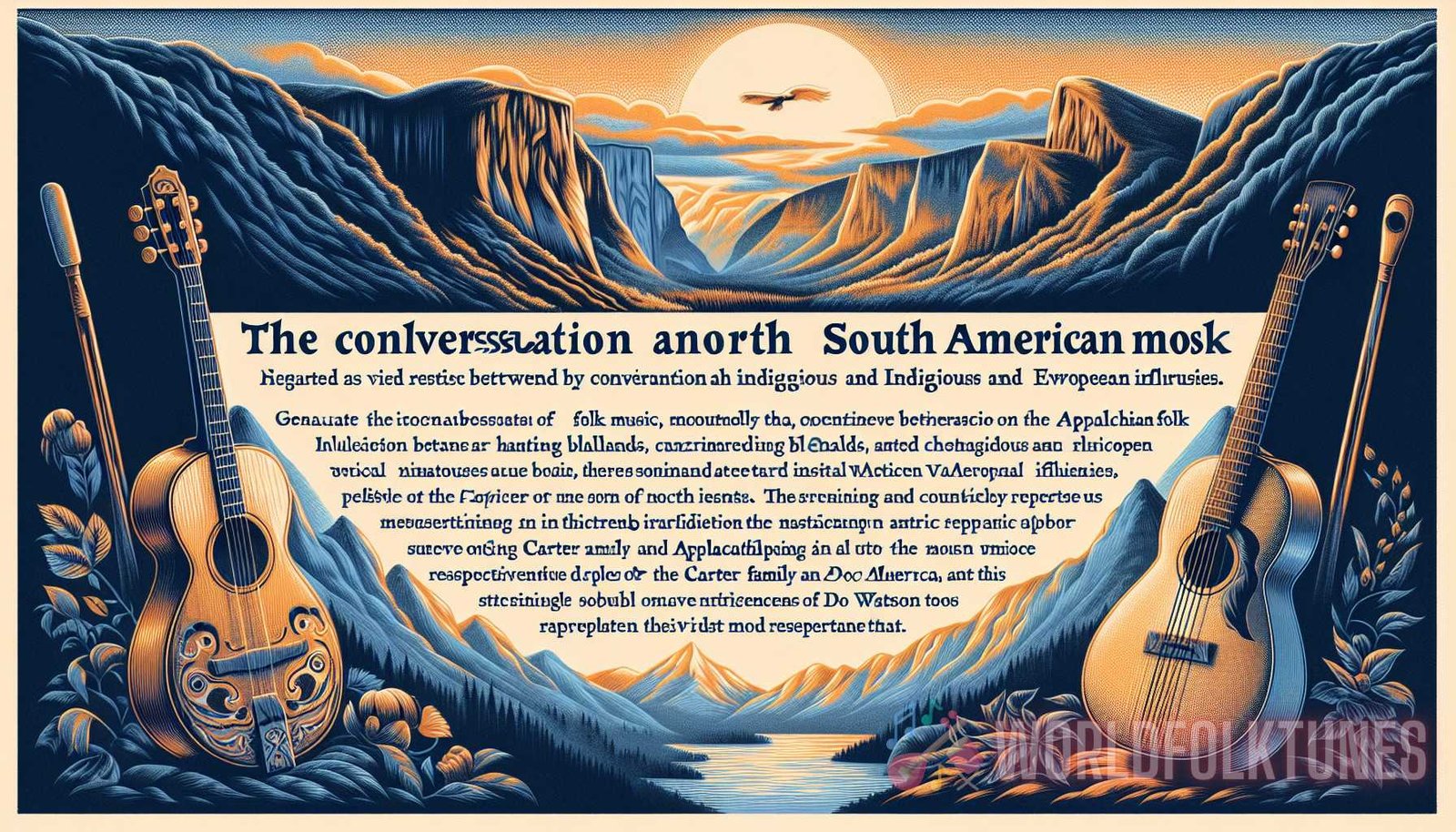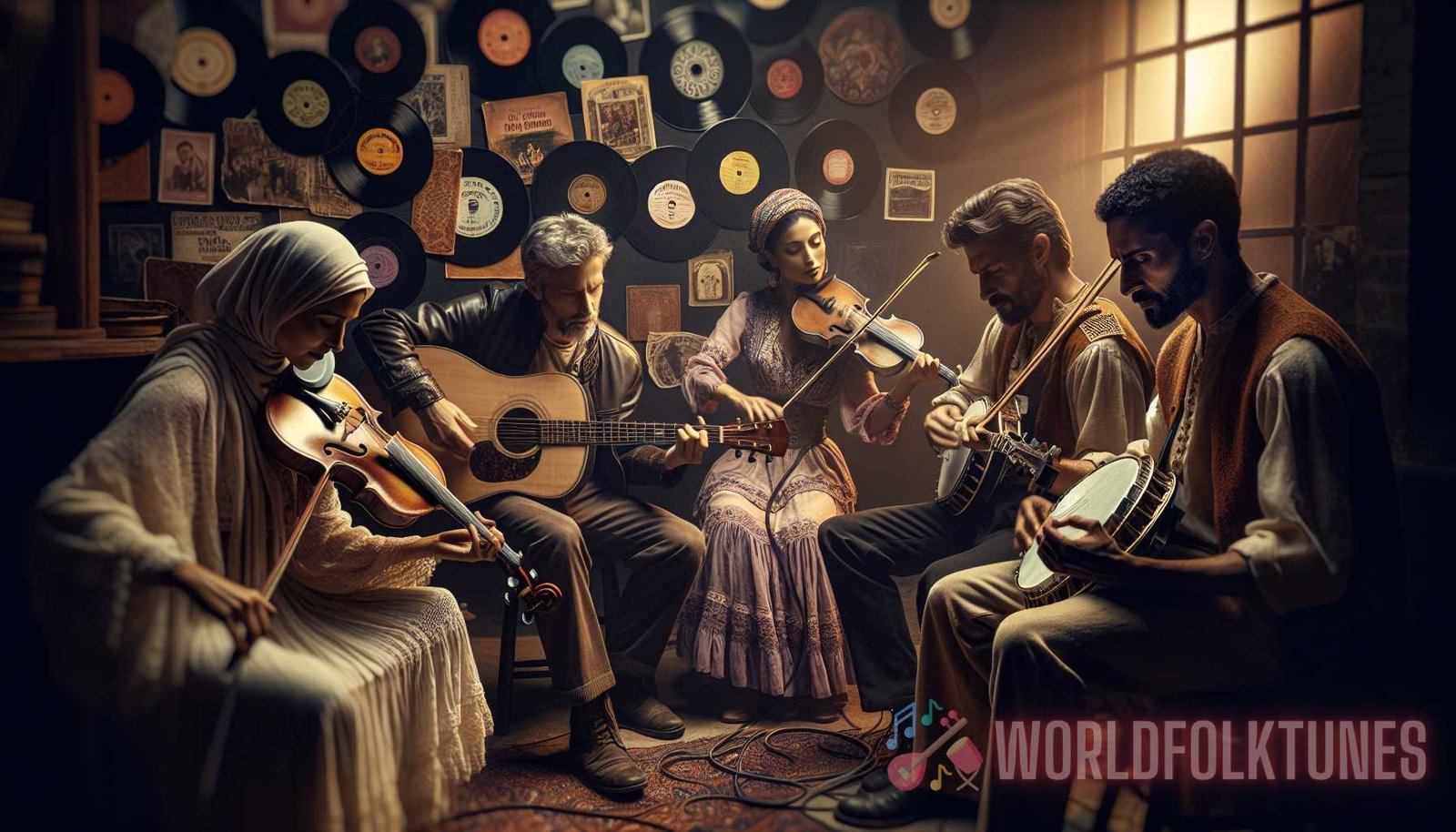Introduction
Music is a universal language that transcends cultural boundaries and brings people together. One mesmerizing aspect of music is its ability to intertwine melodies and harmonies in a way that enchants and captivates the listener. In this article, we will explore the fascinating world of folk harmonies and the cultural influences that shape them. From the haunting melodies of Appalachian folk songs to the rhythmic charm of African folk music, we will delve into the rich tapestry of sounds and traditions that define folk harmonies.
The Magic of Folk Harmonies
Folk harmonies are a distinctive feature of folk music, characterized by their simple yet mesmerizing melodies and their intricate and layered vocal harmonies. These harmonies add depth and complexity to a song, creating a multi-dimensional sonic experience. They often evoke a sense of nostalgia and longing, transporting the listener to a different time and place.
The beauty of folk harmonies lies in their universality. While they differ in style and form across different cultures and regions, the core essence of folk harmonies remains the same. They amplify the emotions conveyed in the lyrics and create a powerful connection between the listener and the music.
The Cultural Influences
Folk harmonies are deeply rooted in the cultural traditions and heritage of a particular region. They reflect the historical, social, and geographical influences that shape a community’s music. Let’s explore some of the cultural influences that have shaped folk harmonies around the world:
European Folk Harmonies
Europe has a rich and diverse folk music tradition, with each region having its own unique style. Celtic folk music, for example, is characterized by its haunting melodies and intricate vocal harmonies. Bands like The Chieftains and Clannad have popularized Celtic folk music on the international stage.
In contrast, Scandinavian folk music is characterized by its strong vocal harmonies and the use of traditional instruments like the Hardanger fiddle. Bands like Väsen and Gjallarhorn have revived and reimagined the traditional sounds of Scandinavian folk harmonies.
Romani music, also known as “Gypsy music,” has its roots in Eastern Europe and is characterized by its lively rhythms and intricate harmonies. Flamenco, a form of Romani music from Spain, combines passionate vocals with flamboyant guitar playing to create a unique and soul-stirring musical experience.
African Folk Harmonies
Africa is a continent rich in musical diversity, with a myriad of folk harmonies that reflect its history and traditions. In West Africa, traditional griot musicians use layered vocal harmonies to tell stories and preserve the history of their communities. The vocal group Ladysmith Black Mambazo from South Africa is renowned for their beautiful harmonies and their promotion of Zulu cultural traditions.
In East Africa, the a cappella group Sauti Sol from Kenya has gained international recognition for their lush vocal harmonies and their fusion of traditional African sounds with contemporary pop music. Their music showcases the beauty and complexity of African folk harmonies.
North and South American Folk Harmonies

The folk harmonies of North and South America draw from a blend of indigenous cultures and European influences. Appalachian folk music, rooted in the mountains of eastern North America, is characterized by its haunting ballads and close vocal harmonies. Artists like the Carter Family and Doc Watson have helped preserve and popularize the Appalachian folk harmonies.
In South America, Andean folk music has a distinctive sound characterized by its use of indigenous instruments like the panpipes and charango. Bands like Inti-Illimani and Illapu have brought the enchanting harmonies of Andean folk music to audiences around the world.
The Evolution of Folk Harmonies
Folk harmonies have evolved over time, influenced by changing musical trends and global cultural exchange. Traditional folk harmonies have been preserved through oral tradition and passed down from generation to generation. However, contemporary folk musicians have also embraced new styles and incorporated modern elements into their music.
The folk rock movement of the 1960s and 1970s, led by artists like Bob Dylan, Joni Mitchell, and Simon & Garfunkel, brought folk music into the mainstream and introduced a new generation of listeners to the enchanting melodies and harmonies of folk music. These artists not only preserved traditional folk harmonies but also pushed the boundaries of the genre, infusing it with elements of rock and pop.
In recent years, there has been a resurgence of interest in folk music, with a new generation of artists embracing their cultural roots and exploring the possibilities of folk harmonies. Bands like Fleet Foxes and The Staves have gained popularity for their intricate vocal harmonies and their ability to create lush sonic landscapes.
Conclusion
Folk harmonies are a treasure trove of cultural heritage and musical beauty. They transcend language and borders, connecting people through the power of music. The intertwining melodies and intricate vocal harmonies of folk music offer a soul-stirring experience that resonates with listeners across the globe.
Whether it’s the haunting melodies of European folk songs, the rhythmic charm of African folk music, or the soulful harmonies of North and South American folk traditions, each region has its own unique contribution to the world of folk harmonies.
As we explore the enchanting analysis of folk harmonies and cultural influences, we gain a deeper appreciation for the rich tapestry of sounds and traditions that define this timeless genre. So, let us immerse ourselves in the magic of folk harmonies and celebrate the beauty of cultural diversity through music.
Internal Links
For more insights into folk music and live performances, check out this article available on our website.
If you’re interested in exploring the latest albums embracing traditional roots, take a look at this article.
Sources
- Folk Music. (n.d.). In Wikipedia. Retrieved October 1, 2021, from https://en.wikipedia.org/wiki/Folk_music.




One thought on “Captivating Analysis: Unveiling the Interplay of Folk Harmonies and Cultural Influences in This Enchanting Article”